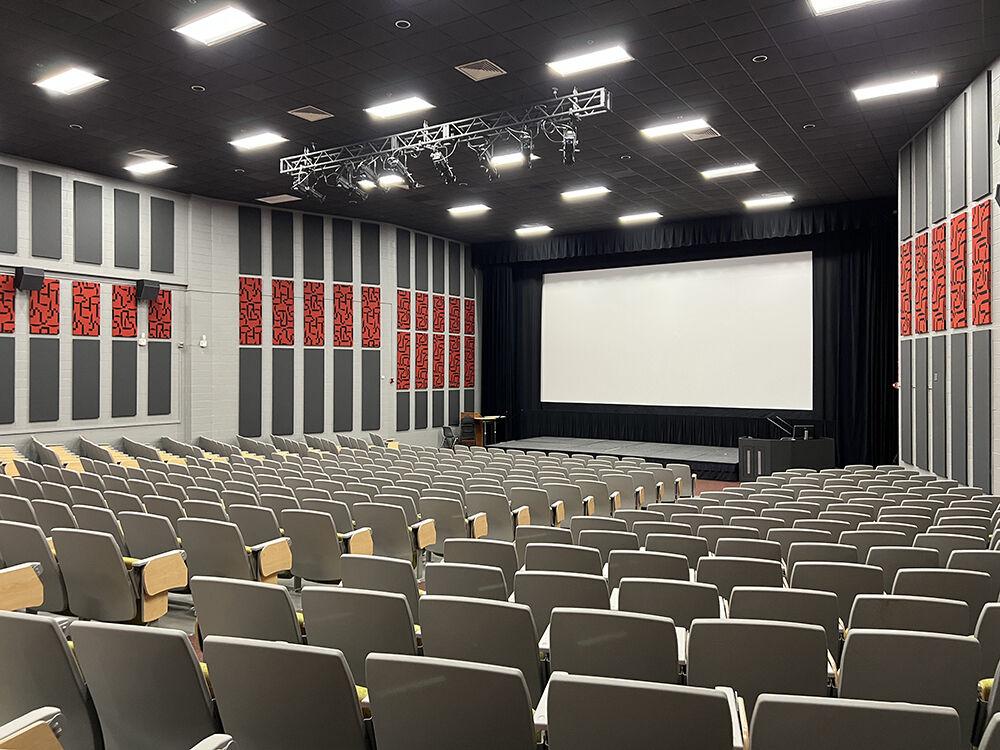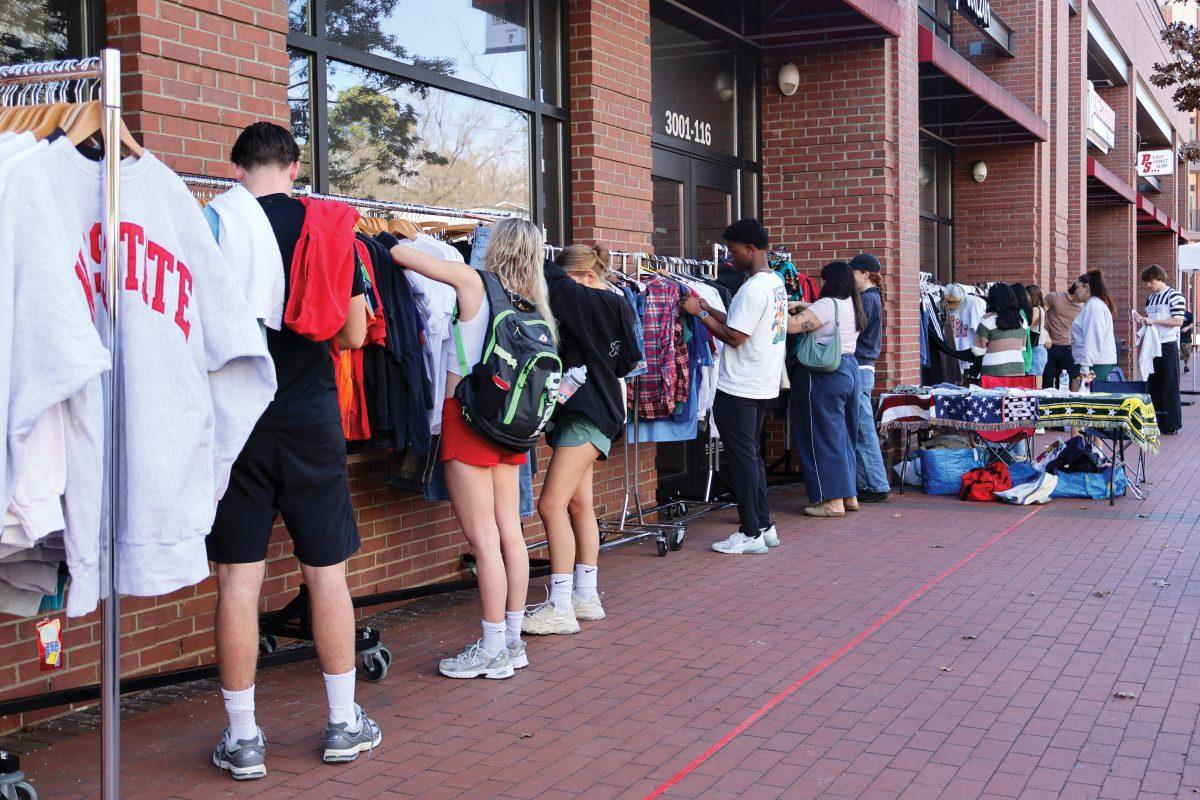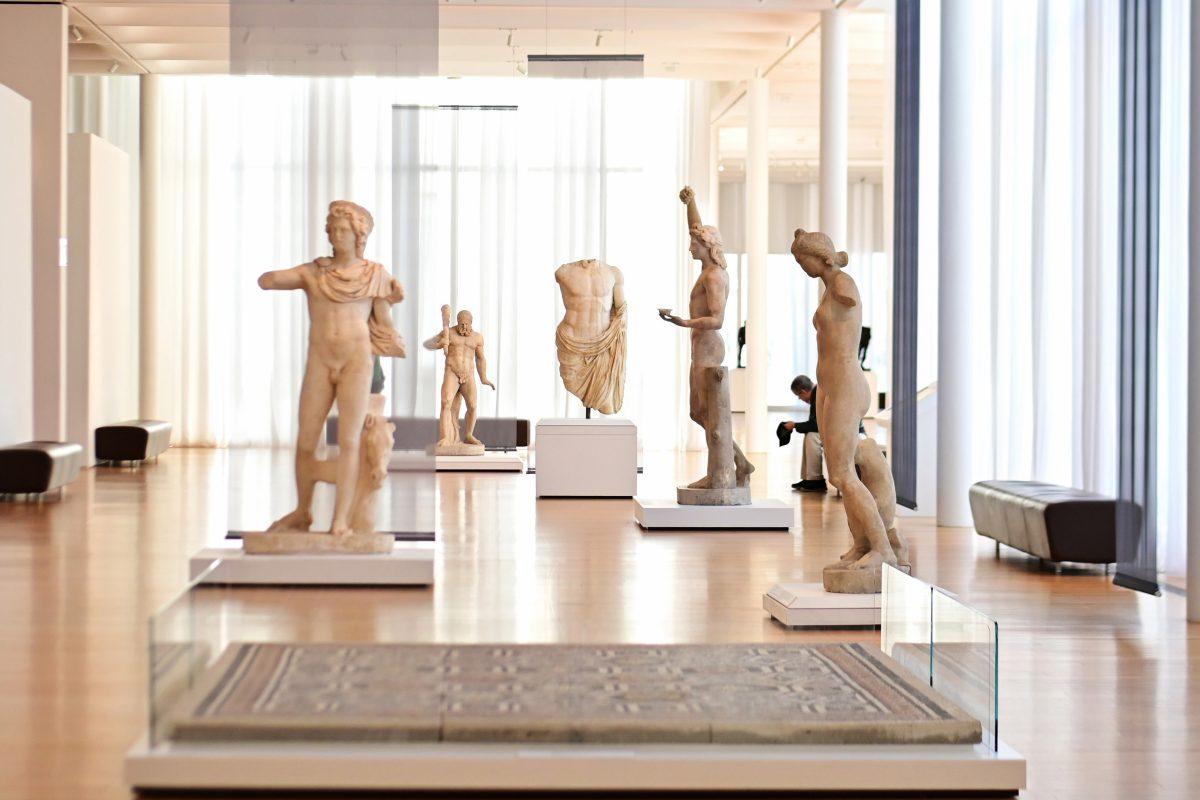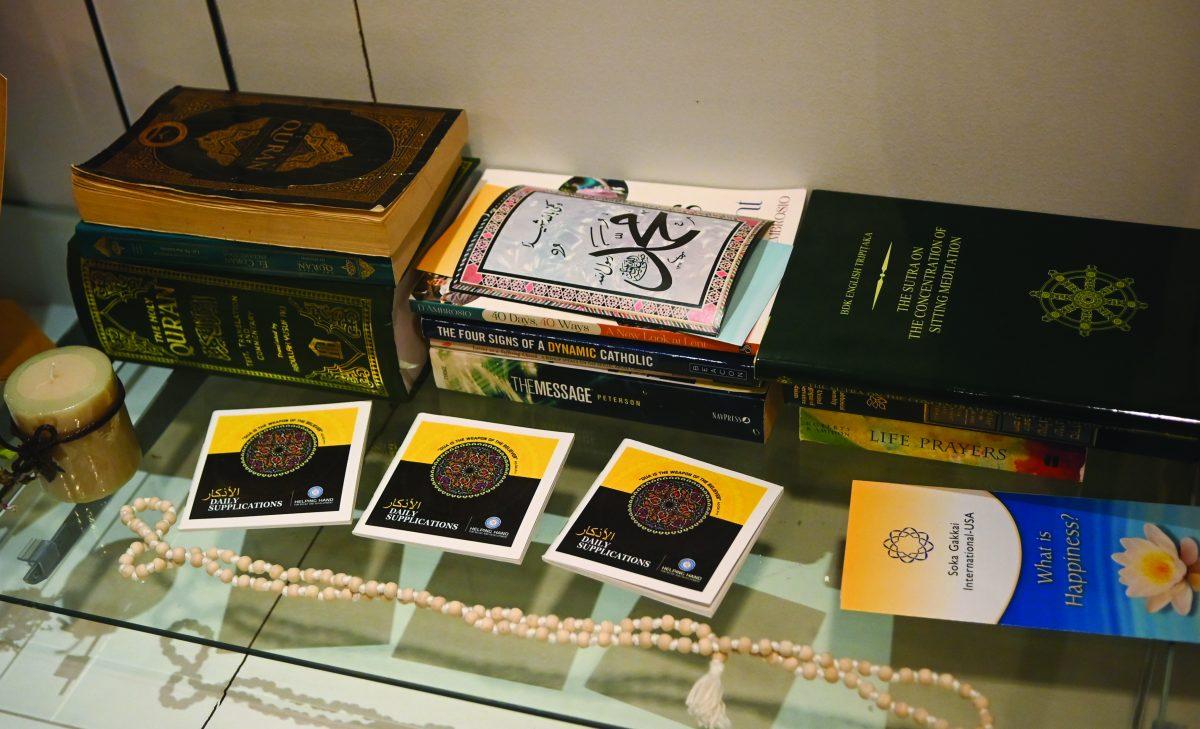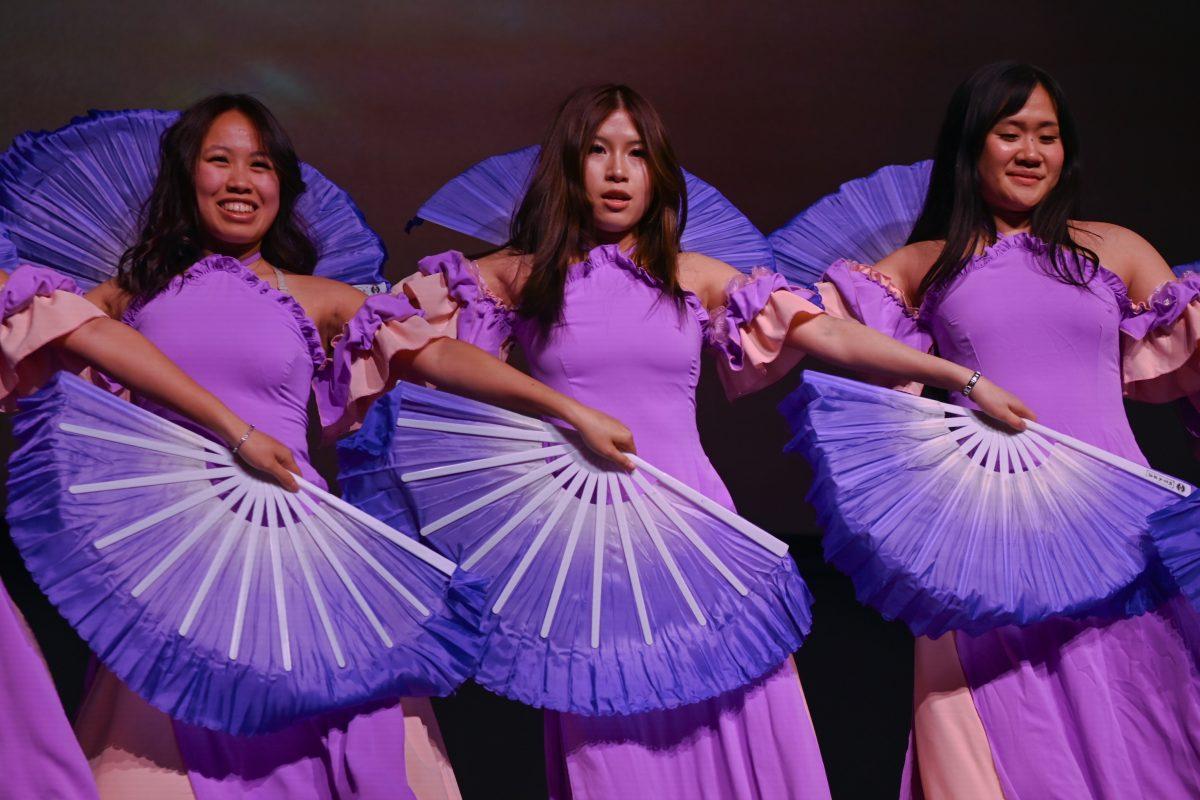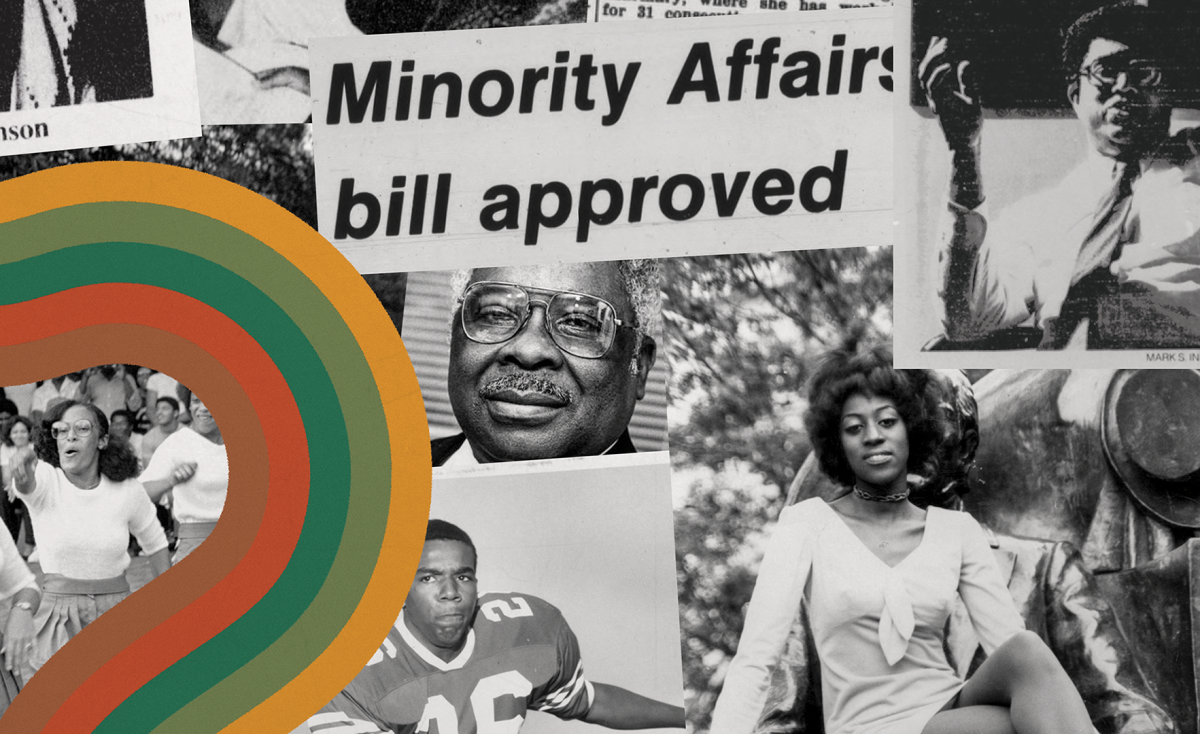On Saturday, Feb. 19, Witherspoon Campus Cinema hosted a live showing of “Une Historie À Soi,” or “A Story of One’s Own,” the latest film from French filmmaker and Afrofeminist Amandine Gay.
Exploring the innate human desire to understand oneself through the lens of adoption, the archival film shares the experiences of various transnational and transracial adoptees, shedding light on topics of race, family and identity.
Through interviews, photos, videos and other archives, the film shares the stories of five different adoptees from South Korea, Brazil, Rwanda, Australia and Sri Lanka, all living and growing up in France. Viewers witness a very intimate presentation of the subjects’ lives, including the privileges and struggles of growing up in an adopted family.
Following the screening, Gay, along with her co-producer and editor Enrico Bartolucci, participated in a Q&A session with attendees. With questions pertaining to research leading up to the film, methods of filmmaking and personal experiences with adoption, audience members delved even deeper into issues in the film and how they were presented.
As a transracial adoptee herself, Gay expressed why she wanted to create a film about transnational and transracial adoption.
“There’s a lot of the political issues that do interact with adoption in general, or transracial adoption in France,” Gay said. “You have global north versus global south inequalities, you do have race inside of this prospect, you have class, you know, you have imperialism, like where are those people are being taken from, etc. So I thought that was a good first step to bring adoption’s political issues in the public space.”
“A Story of One’s Own” expressed the difficulties of growing up as a different race in a white family. Despite being loved and welcomed in their own families, adoptees struggled to belong to society, feeling white on the inside but not on the outside.
Many adoptees also grew up believing the “savior” myth — that adoption saved them from a terrible situation, even if this was not the case. While the savior narrative was never explicitly taught to the adoptees, they came to believe it through media influences and other stigmas. For fear of appearing ungrateful or being rejected, they never discussed it with their families and felt timid bringing up their origins.
As the adoptees grew up, they desired to know both who and where they were from; something that families and adoption agencies handled very differently on a case by case basis. Some people received support in finding their origins. Others did not.
One of the adoptees in the film, Matheus, visited his biological mother and relatives in Brazil and now has what he calls two families.
“I began to adopt my adoptive family when they began to seek out my biological family,” said Matheus. “Now the adoption is complete.”
Others had more difficulty finding the truth about their past. One girl, upon approaching the adoption agency, was refused information about her mother and later found out that her biological father hadn’t known about her birth until she was 21.
From the five different stories, viewers catch a glimpse of how complicated adoption can be, and how much it varies from case to case.
“I hope there’s gonna be a greater understanding first of adoption,” Gay said. “I think that, you know, quite a few people know adoptees, but people are sometimes insensitive of their comments just because they don’t realize how complex it is … Some comments are like, ‘oh where is your real family,’ for instance. People often ask us that, and I think if those comments stop, that’s already a good thing.”
Among some audience members, Gay’s film appeared to have already made such an influcence.
“I thought it was really interesting,” said Natalie Hackman, a fourth-year studying civil engineering. “It definitely made me see adoption from a new perspective, the perspective of the adoptees, … and how important it is that they are not necessarily connected with their biological parents, but with their culture that they left behind when they’re adopted in another country.”
Many topics in the film even reached beyond adoption to issues non-adoptees can personally relate to.
“In a broader sense, that’s also why I said the subject [of the film] is universal,” said Gay. “I think that, you know, wondering about what constitutes a family, is family only blood, what does secrecy and opacity do to a family? … [I] have mixed race people coming to see me and say, you know, ‘I’m not adopted, but I feel like, what you’re sharing about adoption is really close to my experience,’ … So I think that in this way [it is important] to both realize that there are specific issues on adoption, but also maybe people who are not adopted are far less different to [adoptees] than they think.”


